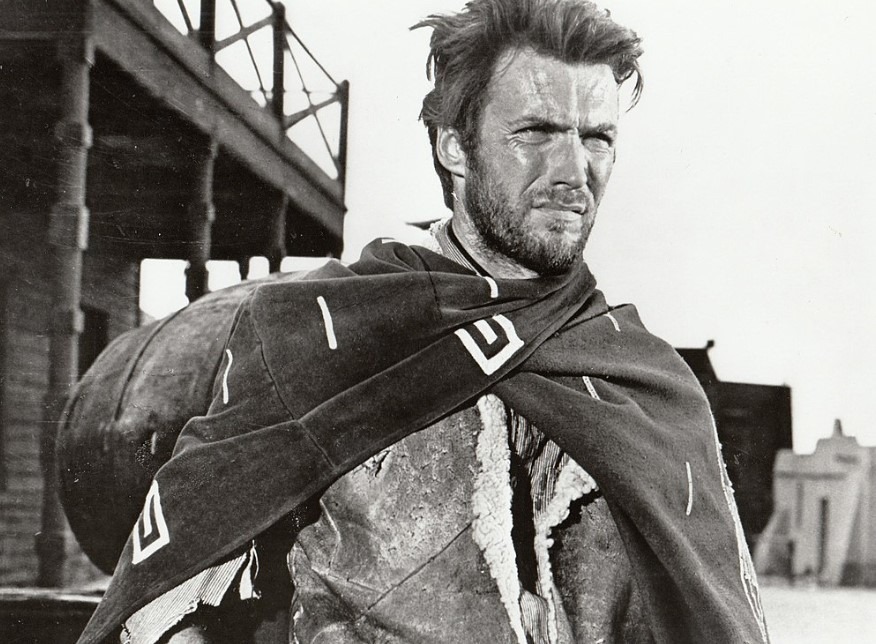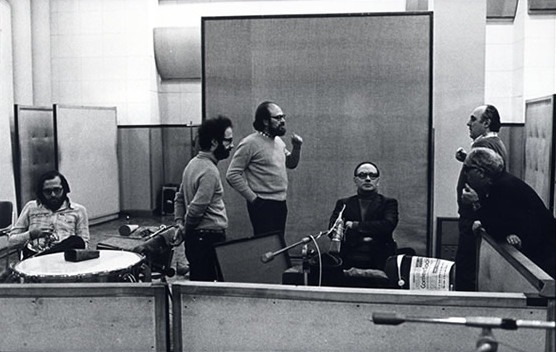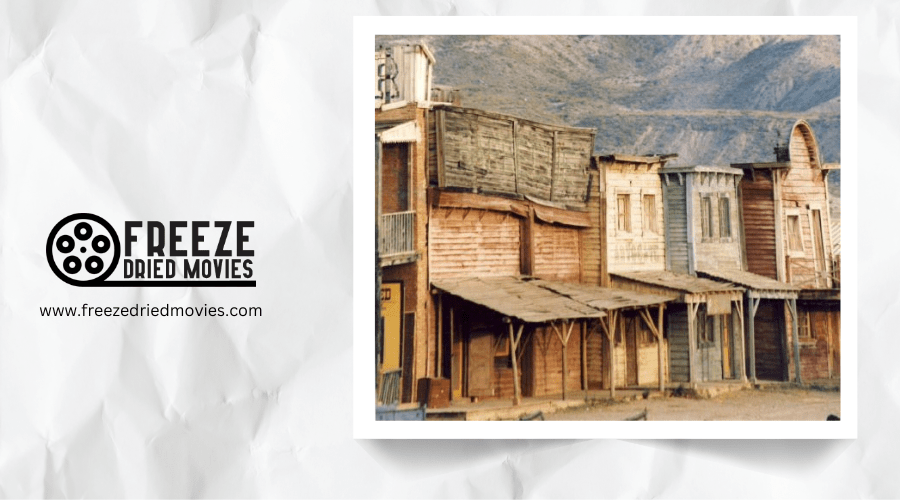How Spaghetti Western Story Development Broke Hollywood Conventions

You might think you know Westerns—white-hatted heroes, clear moral lines, and justice triumphant. But when Sergio Leone and other Italian directors reimagined the American frontier, they shattered these comfortable conventions. Their "Spaghetti Westerns" introduced anti-heroes driven by greed rather than virtue, brutal violence instead of sanitized gunfights, and revolutionary visual techniques that challenged Hollywood's traditional storytelling. This cinematic rebellion didn't just break rules—it redefined how filmmakers could use genre to critique society and explore the darkest corners of human nature.

The Birth of the Morally Ambiguous Protagonist
Unlike the righteous heroes of traditional American Westerns, Spaghetti Westerns introduced a revolutionary character archetype that would forever transform the genre. You'll notice how Sergio Leone's Dollars Trilogy shattered established conventions by presenting Clint Eastwood as the "Man with No Name," an antihero driven by self-interest rather than moral obligation.
This morally ambiguous protagonist stood in stark contrast to traditional Western heroes who championed law and justice. Instead, you'd witness a cynical figure willing to cross ethical lines for personal gain. This radical shift reflected the social and political changes of the 1960s, challenging viewers to reconsider their understanding of heroism.
Leone's films didn't simply entertain—they dismantled the idealized American frontier myth, replacing it with complex characters who mirrored real human complexity. This complexity was a dramatic departure from John Wayne's portrayals of principled heroes who embodied rugged individualism and frontier justice in his 83 Western films.
Subverting the Traditional Hero's Journey
The morally ambiguous protagonist represented just the beginning of how Spaghetti Westerns upended genre conventions. When you watch films by Sergio Leone, you'll notice how they deliberately fracture the traditional heroic archetype through nonlinear storytelling and ambiguous endings that deny you narrative closure.
Unlike Hollywood Westerns with their clear-cut protagonists, Spaghetti Westerns force you to follow anti-heroes who don't progress through familiar moral transformations. Instead of witnessing a noble cowboy's triumph, you're confronted with a flawed, cynical, brutal figure pursuing selfish interests.
This subversion deliberately blurs the line between good and evil, challenging you to question the simplistic moral frameworks of traditional Westerns. The protagonists don't emerge as better people—they simply survive in a harsh world that refuses to validate conventional heroism. These films often employed stark minimalism and precise compositions similar to those John Boorman would later use in noir classics like Point Blank.

Violence as Narrative Currency
While Hollywood Westerns of the 1950s portrayed violence as an unfortunate necessity in the pursuit of justice, Spaghetti Westerns transformed brutality into the primary language through which their stories were told.
You'll notice directors like Leone deliberately amplified the graphic nature of gunfights through innovative techniques—slow-motion sequences and extreme close-up shots that linger on gruesome deaths and drawn-out duels. This wasn't violence for mere shock value. Each bullet wound and blood spatter served to deconstruct American frontier mythology. The prolonged depictions of brutality forced you to confront the moral ambiguity of characters who occupied neither heroic nor villainous spaces.
These films rejected sanitized action in favor of uncomfortable realism, using violence not as punctuation but as the fundamental vocabulary of their storytelling—a direct challenge to Hollywood's established narrative conventions. This approach stands in stark contrast to the 1940s Western films that focused on character development and the complex interplay between morality and justice under directors like John Ford and Howard Hawks.
Cultural Commentary Through Genre Disruption
Beyond their stylistic innovations, Spaghetti Westerns functioned as powerful vehicles for cultural critique by deliberately dismantling the Western genre's established conventions.
The Spaghetti Western genre cleverly used its revolutionary aesthetic—featuring extreme close-ups and Ennio Morricone's unconventional scores—to challenge Hollywood's visual language while criticizing capitalist exploitation and social oppression. This disruption wasn't merely stylistic but deeply political.
You'll notice how Italian directors like Sergio Leone rejected the simplistic morality of Traditional Westerns, replacing righteous cowboys with morally ambiguous protagonists who undermined America's romanticized frontier mythology. Unlike John Wayne's heroic figures, these characters navigated a brutal world where good and evil blurred together.
Films like "A Fistful of Dollars" directly influenced the Revisionist Western movement of the 1970s, continuing the tradition of using frontier narratives to question American ideological foundations.

Nonlinear Storytelling and Visual Innovation
Spaghetti Western directors broke away from conventional Hollywood storytelling methods, embracing nonlinear narratives that captivated audiences through disjointed chronology and fragmented plotlines. You'll notice their distinctive visual style featuring extreme close-ups and unusual camera angles that created an intimate, unsettling experience unlike Hollywood's grand vistas.
Sergio Leone mastered this approach, incorporating lengthy contemplative sequences without dialogue to explore characters' psychological motivations. His films' editing rhythms defied traditional pacing, building tension through deliberate stillness rather than constant action.
The genre's stylized violence challenged sanitized American depictions, presenting a brutally honest frontier reality. Meanwhile, Ennio Morricone's innovative musical scores became inseparable from the visuals, functioning almost as characters themselves—breaking from conventional orchestral backdrops to create a truly revolutionary cinematic language.
Legacy of Rebellion: How Spaghetti Westerns Transformed Cinema
When Italian filmmakers reimagined the American frontier, they didn't just create entertaining movies—they ignited a cinematic revolution that would permanently alter the Western genre. Sergio Leone's gritty vision replaced the clean-cut Western hero with morally complex characters like Clint Eastwood's "Man With No Name," challenging Hollywood's sanitized mythology of the frontier.
Their visual style—extreme close-ups, innovative camera angles, and Morricone's haunting scores—became the new language of the genre. These Italian innovators paved the way for the Revisionist Western, encouraging filmmakers to use traditional Western settings as vehicles for social commentary and critique. By breaking conventions, spaghetti Westerns transformed how we view not just Western films, but cinema itself.



